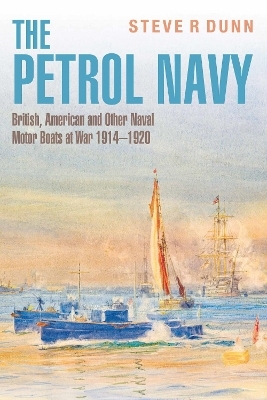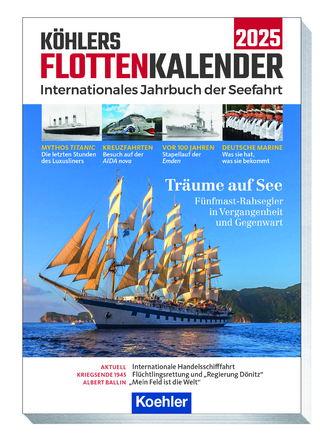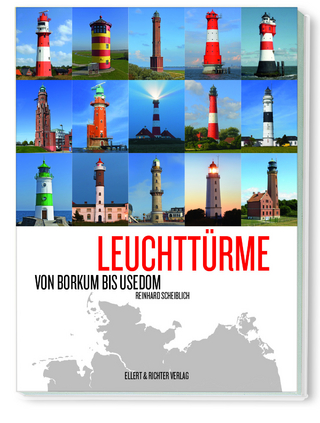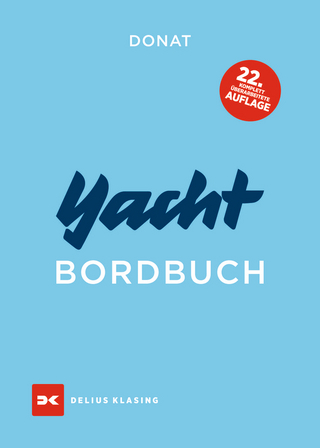
The Petrol Navy
British, American and Other Naval Motor Boats at War 1914 - 1920
Seiten
2023
Seaforth Publishing (Verlag)
978-1-3990-6285-5 (ISBN)
Seaforth Publishing (Verlag)
978-1-3990-6285-5 (ISBN)
The first complete account to be written of the operations of naval motor boats in WWI. Copiously illustrated throughout with photos and line drawings. A compelling and exciting narrative.
On the outbreak of war in 1914, the Royal Navy found it required more small craft than it possessed to carry out minesweeping, anti-submarine patrols and coastal defence. This led to the formation of an auxiliary force of civilian vessels, including motor pleasure boats and yachts, relatively new types of craft powered by the internal combustion engine. The inclusion of these vessels came about when a group of motor boat owners suggested to the Admiralty that their vessels could play an important role in the defence of Britain. The result was the formation of the Royal Naval Motor Boat Reserve (RNMBR) in 1912.
By mid-1915, the demands of naval duty had proved too much for these quirky craft. A meeting in the USA led to their replacement by American-designed Elco motor launches (MLs), of which 550 were purchased, and these Elco launches gave great service for the rest of the war, usually officered by RNVR personnel who won three Victoria Crosses. In addition to the Elcos, in 1915 some naval officers developed the hydroplaning coastal motor boats (CMBs), which served with equal distinction in the latter part of the war. Post-war, both types saw valuable service in the occupation of the Rhineland and in the Baltic campaign, where three more VCs were won.
Other countries adopted similar craft. In Italy, the MAS torpedo motor craft achieved fame and success. And in France, MLs supplied by Britain, and by Elco, played their part. Germany too utilised small motor vessels, including the torpedo-armed Luftschiffmotorboote and Fernlenkboot remotely controlled designs. And when America entered the war, she built a fleet of so-called 'sub chasers', wooden-built and designed to counter U-boats along her East Coast.
The Petrol Navy tells the stirring story of these motor-driven boats at war, of their development and operations and of the many colourful characters who were their captains and crew. It will acquaint historians and enthusiasts with an important and previously untold aspect of the naval war, and will engross those with a more general interest in the First World War.
On the outbreak of war in 1914, the Royal Navy found it required more small craft than it possessed to carry out minesweeping, anti-submarine patrols and coastal defence. This led to the formation of an auxiliary force of civilian vessels, including motor pleasure boats and yachts, relatively new types of craft powered by the internal combustion engine. The inclusion of these vessels came about when a group of motor boat owners suggested to the Admiralty that their vessels could play an important role in the defence of Britain. The result was the formation of the Royal Naval Motor Boat Reserve (RNMBR) in 1912.
By mid-1915, the demands of naval duty had proved too much for these quirky craft. A meeting in the USA led to their replacement by American-designed Elco motor launches (MLs), of which 550 were purchased, and these Elco launches gave great service for the rest of the war, usually officered by RNVR personnel who won three Victoria Crosses. In addition to the Elcos, in 1915 some naval officers developed the hydroplaning coastal motor boats (CMBs), which served with equal distinction in the latter part of the war. Post-war, both types saw valuable service in the occupation of the Rhineland and in the Baltic campaign, where three more VCs were won.
Other countries adopted similar craft. In Italy, the MAS torpedo motor craft achieved fame and success. And in France, MLs supplied by Britain, and by Elco, played their part. Germany too utilised small motor vessels, including the torpedo-armed Luftschiffmotorboote and Fernlenkboot remotely controlled designs. And when America entered the war, she built a fleet of so-called 'sub chasers', wooden-built and designed to counter U-boats along her East Coast.
The Petrol Navy tells the stirring story of these motor-driven boats at war, of their development and operations and of the many colourful characters who were their captains and crew. It will acquaint historians and enthusiasts with an important and previously untold aspect of the naval war, and will engross those with a more general interest in the First World War.
STEVE R DUNN is an author with a special interest in the Royal Navy of the late nineteenth century and the First World War. He has written biographies and narrative histories including Blockade, Securing the Narrow Sea, Bayly's War, Southern Thunder, The Battle of the Baltic, The Power and the Glory, British Naval Trawlers and Drifters in Two World Wars and most recently The Harwich Striking Force, all published by Seaforth. Steve lives in Worcestershire.
| Erscheinungsdatum | 17.05.2023 |
|---|---|
| Zusatzinfo | 85 mono illustrations |
| Verlagsort | Barnsley |
| Sprache | englisch |
| Maße | 156 x 234 mm |
| Themenwelt | Natur / Technik ► Fahrzeuge / Flugzeuge / Schiffe ► Schiffe |
| ISBN-10 | 1-3990-6285-9 / 1399062859 |
| ISBN-13 | 978-1-3990-6285-5 / 9781399062855 |
| Zustand | Neuware |
| Haben Sie eine Frage zum Produkt? |
Mehr entdecken
aus dem Bereich
aus dem Bereich
internationales Jahrbuch der Seefahrt
Buch | Softcover (2024)
Koehler in Maximilian Verlag GmbH & Co. KG
23,95 €


